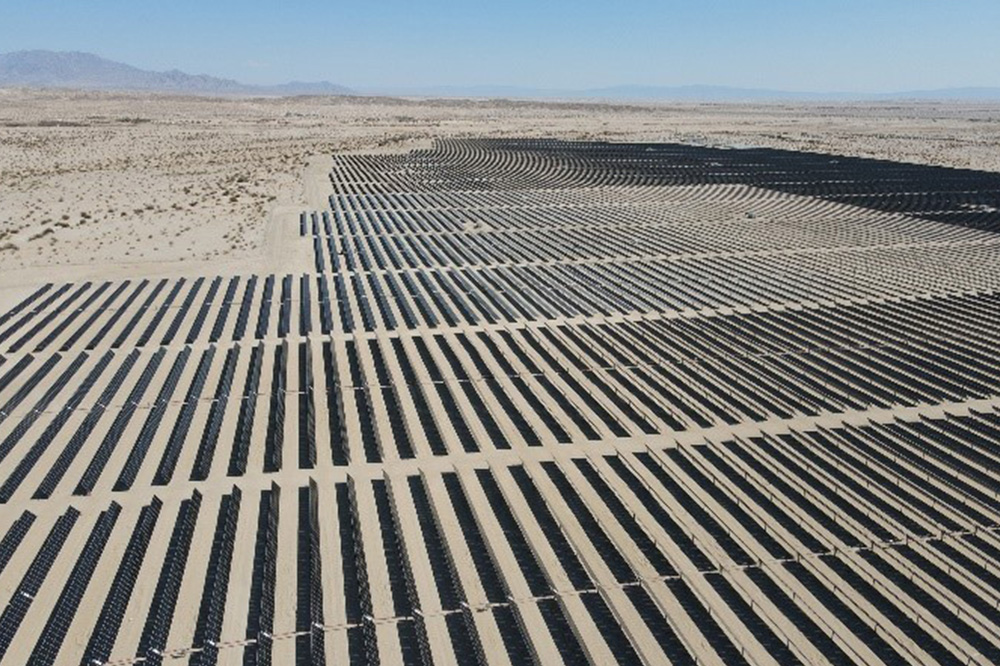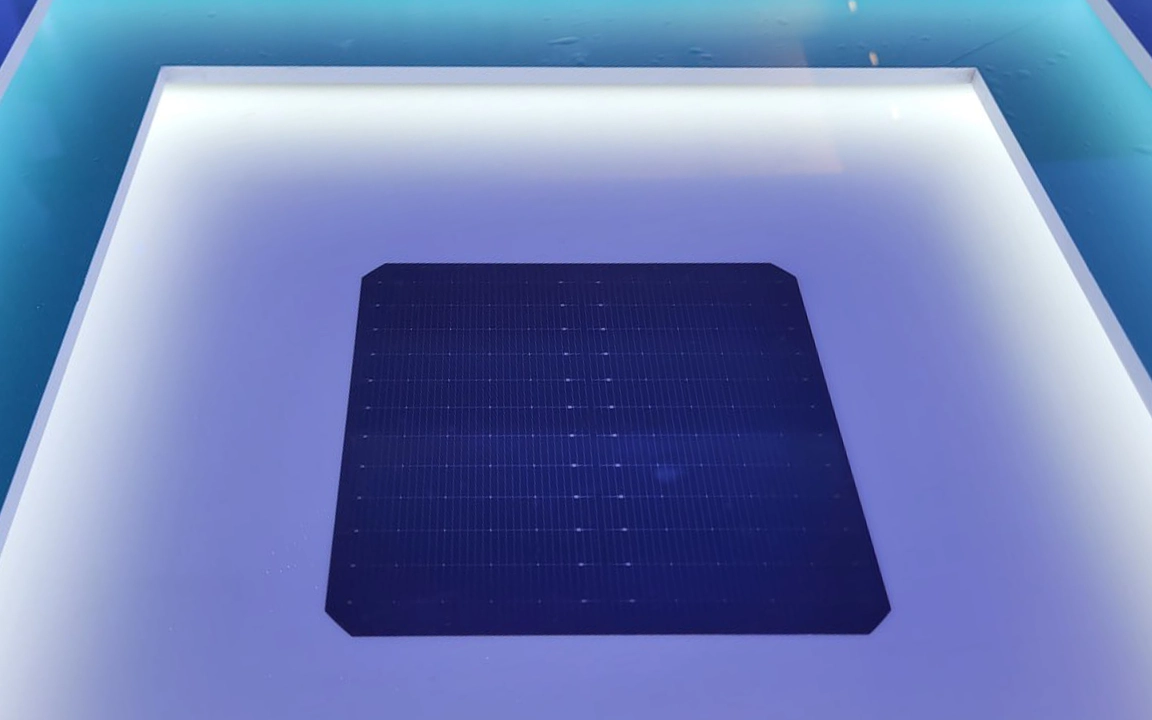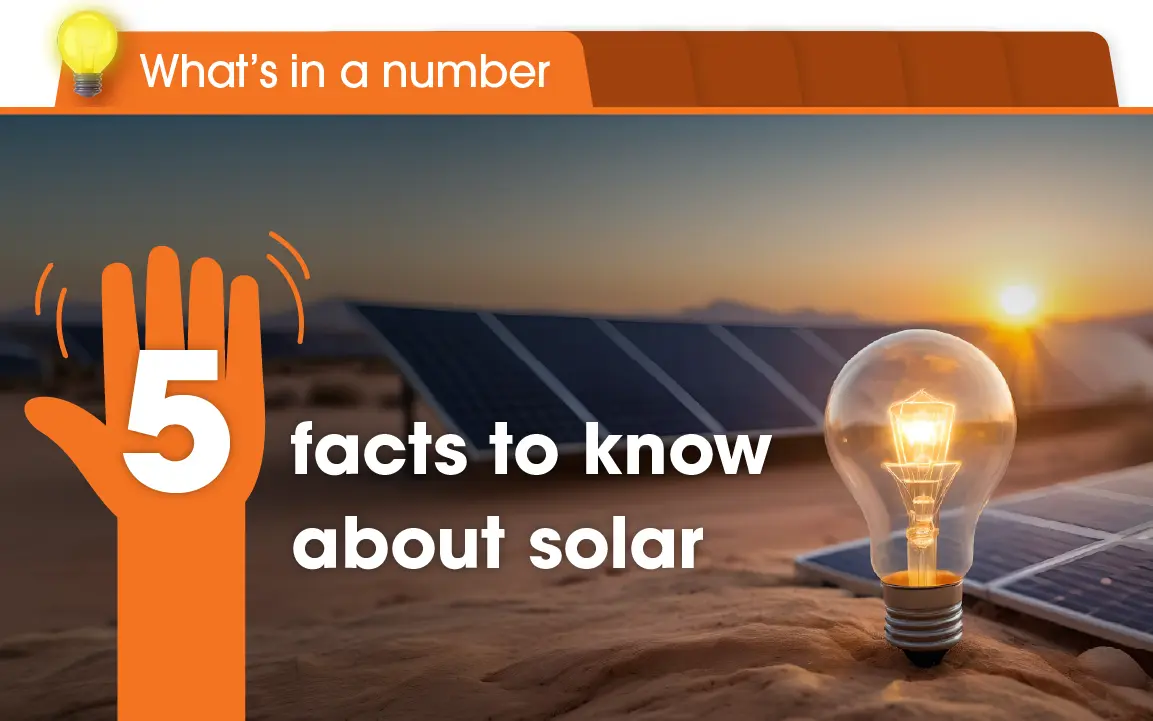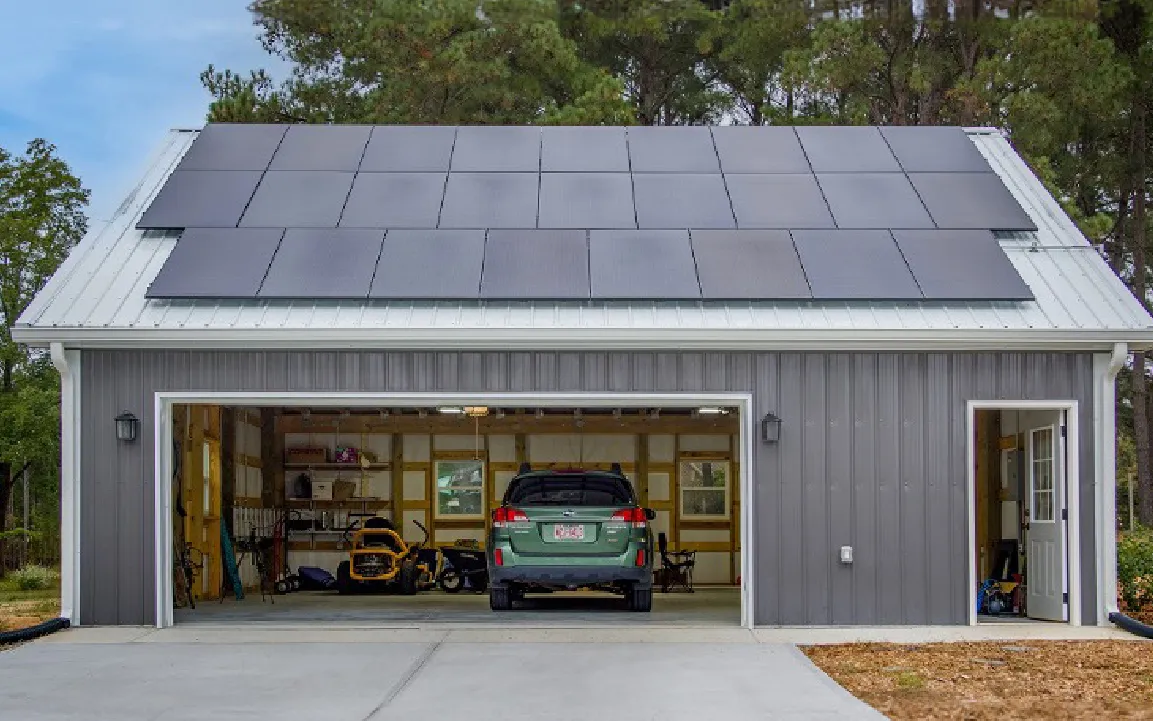Perovskite-silicon tandem cells move from theory to reality with Hanwha Qcells' breakthrough

Solar energy is transforming the global energy landscape, driving the shift to renewables and accelerating decarbonization. Since the invention of the first practical silicon solar cell in 1954, solar technology has surged to a global capacity of 1.6 terawatts in 2023 — now supplying 5.5% of the world’s electricity. This remarkable growth underscores solar’s pivotal role in reshaping how we generate and consume energy.
However, this progress has not come without challenges. Historically, the cost of solar panels was a significant barrier to adoption, but today, solar is far more affordable and accessible. While progress has been made, the industry continues to grapple with other issues, including pushing the limits of efficiency and modernizing grid infrastructure to support renewable energy at scale. Today, silicon-based solar cells achieve an average efficiency of 22%, a significant improvement from 15% to 16% in 2013. However, improvements in their efficiency are now plateauing due to the material's inherent properties, which limit silicon’s theoretical maximum conversion rate to about 30%.
Despite these hurdles, solar energy continues to drive progress toward a renewable energy future. As solar panel installations continue to grow and land use becomes increasingly important, the need for greater efficiency has never been more critical. Perovskite presents a solution to these challenges when stacked with silicon in tandem cells, capturing a broader spectrum of light and generating significantly more electricity. By pushing solar efficiency beyond its current limitations, this technology promises to transform solar power, setting the stage for even greater progress.

Hanwha Qcells successfully reached a world record for tandem solar cell efficiency on a full-area M10-sized cell
A new benchmark in solar power
For years, researchers have explored perovskite for its potential to efficiently convert sunlight into energy. Lightweight, adaptable, and cost-effective, perovskite is versatile and can perform well even with imperfections and impurities, thanks to its high tolerance for defects. However, the development of a viable and scalable perovskite solar cell has remained out of reach — until now.
Hanwha Qcells has achieved a world record efficiency of 28.6% on full-area M10-sized perovskite-silicon tandem cells — a standard format in the solar industry — utilizing an industrial silicon wafer designed for integration into an industrial module. The result was independently certified by CalLab at the Fraunhofer Institute for Solar Energy Systems, a globally respected authority in solar technology validation, underscoring the credibility of the achievement. This milestone marks a significant leap forward, advancing perovskite tandem solar cell efficiency from theoretical, lab-only achievements to practical applications and paving the way for commercialization and broader adoption. There is also significant potential for further efficiency improvements, as the theoretical efficiency limit for these tandem cells is 44%. With this breakthrough, perovskite-silicon tandem cells can move from theory to practice, unlocking exciting opportunities for the future of solar energy.
The tandem cell combines a perovskite top cell with Hanwha Qcells’ proprietary Q.ANTUM silicon bottom cell, optimizing the capture of both high-energy and low-energy light. By producing significantly more electricity from the same area, fewer solar panels are required to achieve the same energy output, reducing the materials needed, installation requirements, and the environmental impact of production. These benefits enhance the viability of solar power for both large-scale utility projects and residential installations. As improvements continue, tandem cells have the potential to drive a broader adoption of solar power in diverse regions and industries.
Now that Hanwha Qcells has achieved record-breaking efficiency on a full-sized cell — something that was previously only possible in the lab — meaningful progress has been made toward bringing this technology to market. The company is operating a pilot tandem-cell production line at its Jincheon factory in South Korea, laying the groundwork for the future commercialization of tandem cells.

Technological integration is key
Developments like perovskite-silicon tandem cells must be supported by complementary technologies to unlock their full potential and create a truly sustainable energy ecosystem.
Energy storage systems (ESS) are essential for storing excess energy generated by solar panels for later use, ensuring a consistent power supply and stabilizing the grid. Hanwha Qcells is developing advanced ESS across multiple sectors, supporting grid stability and renewable energy integration. In the U.S., Hanwha Qcells is partnering with major companies like Meta to implement large-scale ESS systems that improve energy reliability and enhance sustainability goals for corporate campuses and data centers.
Hanwha Qcells also offers scalable home ESS solutions like Q.HOME CORE, which store excess solar energy for later use, providing backup power during outages and helping homeowners optimize their energy consumption, making solar energy more reliable and practical for residential use.
Effectively managing energy after it is generated and stored is equally critical. This is where virtual power plants (VPPs) and AI-driven smart grids will play a pivotal role, optimizing energy distribution, predicting demand, and seamlessly integrating solar power with other energy sources.
By combining these technologies, solar energy can overcome challenges caused by intermittent energy production and integrate more effectively into the grid to meet modern energy demands. Hanwha Qcells is well-positioned to implement these solutions at scale, fostering a robust, efficient, and interconnected clean energy network.

A 50 megawatt (MW) solar power plant in California, U.S., completed by Hanwha Qcells
Solar energy is a cornerstone of the global clean energy transition. With innovations like perovskite-silicon tandem cells pushing efficiency beyond silicon’s limits, and complementary technologies such as ESS and VPPs enhancing renewable energy’s integration and effectiveness, the future of renewable energy looks bright.
Get the latest news about Hanwha, right in your inbox.
Fields marked with * are mandatory.
- Non-employee
- Employee






